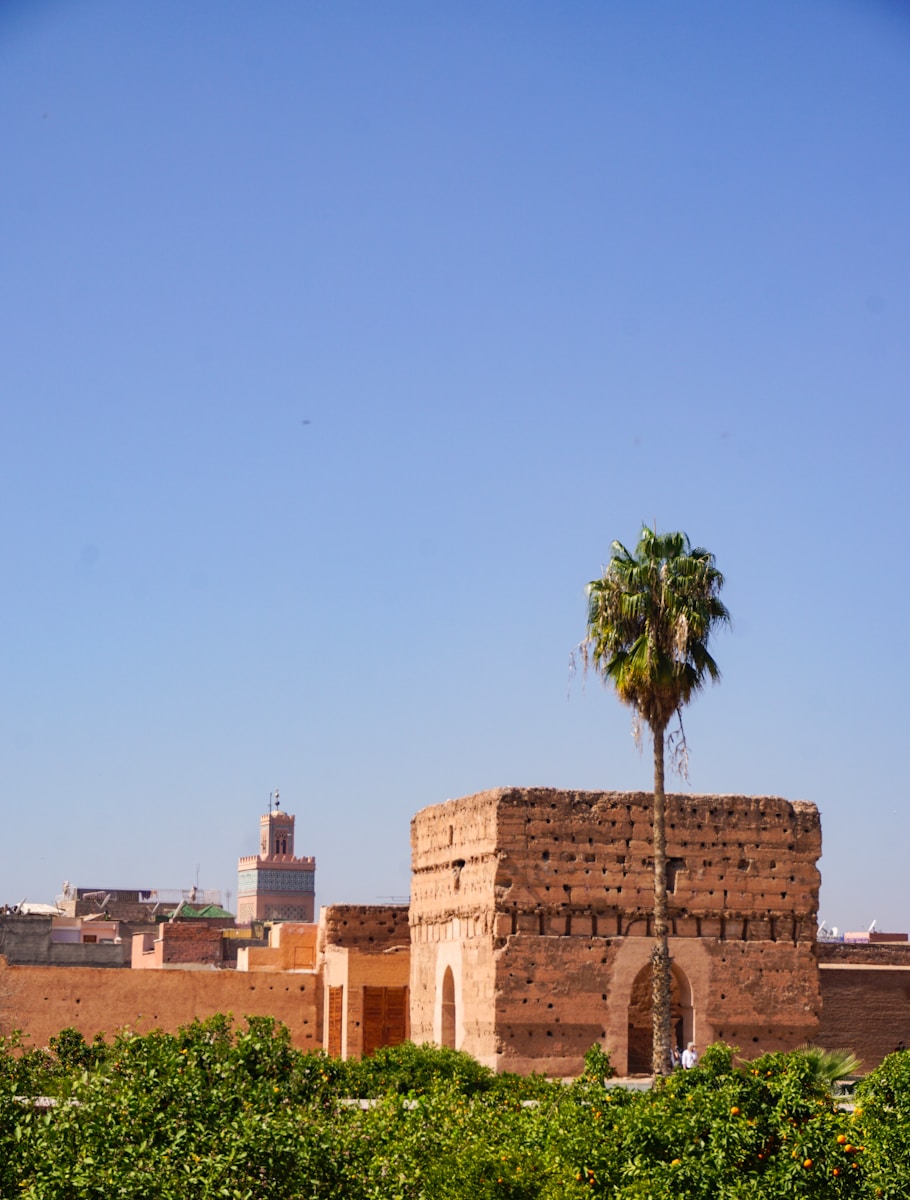Introduction: Political Disorder as a Strategic Tool
Political disorder is often perceived as chaos or dysfunction within governance systems. Yet, according to Patrick Chabal’s seminal scholarship, disorder is not always a sign of failure; it can be a deliberate and strategic instrument employed by political leaders. By examining African political landscapes, Chabal provides insights that extend beyond the continent, offering lessons applicable even to contemporary U.S. politics. Understanding this framework allows us to better interpret political maneuvers, institutional instability, and the subtle ways power is maintained through controlled disorder.
Chabal’s Theory of Political Disorder
Patrick Chabal, along with Jean-Pascal Daloz, introduced the concept that what appears to outsiders as disorder is often a calculated mechanism. Political actors exploit apparent instability to consolidate power, manage opposition, and navigate the limitations of formal institutions. In essence, disorder becomes a tool to achieve political objectives that might otherwise be unattainable through conventional governance methods.
Case Study: African Political Systems
Chabal’s research into African nations demonstrates how leaders can turn disorder into an advantage. For example, in contexts where formal institutions are weak or fragmented, leaders may intentionally maintain a level of unpredictability. This approach can prevent opposition coalitions from forming and allows governing elites to maneuver strategically. By controlling the narrative around disorder, they preserve their legitimacy while exploiting institutional gaps.
Mechanisms of Political Disorder
Political disorder can manifest in multiple forms, including bureaucratic inefficiencies, selective enforcement of laws, or the manipulation of informal networks. In African contexts, Chabal observed that such mechanisms often serve to reinforce clientelism, centralize authority, and manage dissent without resorting to overt authoritarianism. These strategies underline the idea that disorder is not merely incidental but rather a purposeful component of political control.
Lessons for Democratic Systems
Although Chabal’s work primarily focused on African nations, its implications are relevant globally. In contemporary democratic contexts, such as the U.S., the deliberate introduction of political disorder can weaken institutional checks, polarize public opinion, and concentrate power. Leaders may use partisan strategies, media manipulation, or procedural blockages to generate a controlled level of chaos, ensuring that governance advantages remain with those in power.
Political Disorder in the United States
Recent events in U.S. politics reveal patterns that mirror Chabal’s observations. Political polarization, executive-legislative conflicts, and the strategic use of procedural rules have created environments of uncertainty. While not as overtly authoritarian as some African examples, the principles remain consistent: disorder can be instrumental in shaping political outcomes. Analysts increasingly recognize that understanding these patterns is essential for interpreting contemporary governance challenges.
Media’s Role in Amplifying Disorder
Media coverage plays a crucial role in amplifying perceptions of political disorder. By selectively highlighting crises, conflicts, and controversies, media can magnify the apparent chaos, sometimes reinforcing the strategic aims of political actors. Chabal’s theory suggests that the framing of disorder is as important as its actual occurrence. This dynamic is evident in how U.S. media reports on elections, legislative battles, and policy disputes.
Comparative Insights: Africa and Beyond
Chabal’s work encourages cross-regional comparisons. Political disorder in Africa and the U.S. shares conceptual similarities despite differences in context. Both illustrate that leaders may exploit systemic vulnerabilities, manipulate narratives, and maintain control through strategic instability. Such insights can help policymakers, scholars, and citizens understand the underlying logic of political turbulence across diverse governance systems.
Strategies for Mitigating the Effects of Disorder
Recognizing political disorder as a tool is the first step toward mitigating its effects. Strengthening institutions, promoting transparency, and fostering civic engagement can counteract the deliberate use of instability. Chabal’s scholarship provides a framework for evaluating both the causes and consequences of disorder, offering practical guidance for governance reforms aimed at enhancing stability and accountability.
Conclusion: Political Disorder as a Lens for Analysis
Political disorder, as framed by Patrick Chabal, is a multifaceted phenomenon that extends beyond simple dysfunction. It serves as a strategic instrument for consolidating power and managing opposition. By understanding its mechanisms and applications, analysts can gain deeper insights into both African political systems and contemporary challenges in democracies like the United States.
For further reading, refer to African Arguments.
For more news, click here.




